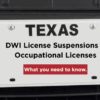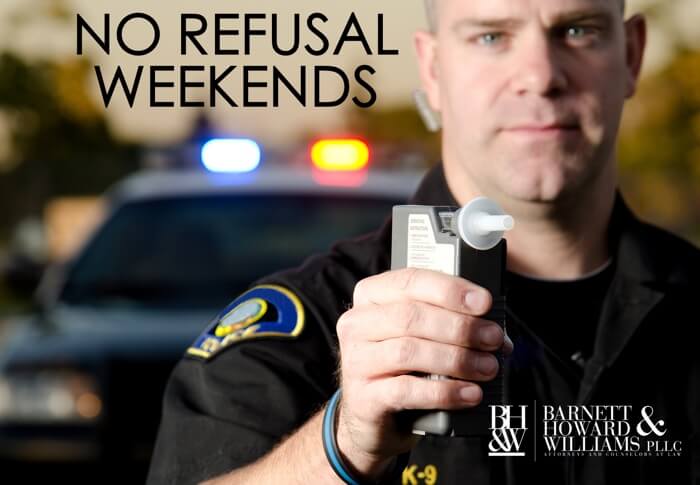
What you need to know about No Refusal Weekends in Texas | Fort Worth DWI Attorneys
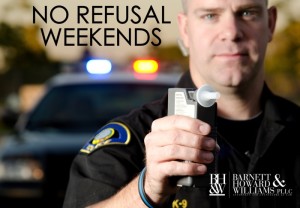 Throughout the year, as various holidays approach (Christmas, New Year’s, Super Bowl weekend, 4th of July, etc.), we receive questions about “No Refusal Weekends,” in which police agencies crack down on driving while intoxicated or DWI. It is important that Texas motorists understand the rules of the road, so that every holiday season remains merry and bright. Many have seen the “No Refusal” notices on electronic road signs, heard the “No Refusal” advertisements on the radio, or watched stories on the news related to “No Refusal” for suspected drunk driving. What is “No Refusal” and how does the law impact your holiday travel? Understanding a few basic things about the law could help you in the event of a traffic stop or a detention by a law enforcement officer.
Throughout the year, as various holidays approach (Christmas, New Year’s, Super Bowl weekend, 4th of July, etc.), we receive questions about “No Refusal Weekends,” in which police agencies crack down on driving while intoxicated or DWI. It is important that Texas motorists understand the rules of the road, so that every holiday season remains merry and bright. Many have seen the “No Refusal” notices on electronic road signs, heard the “No Refusal” advertisements on the radio, or watched stories on the news related to “No Refusal” for suspected drunk driving. What is “No Refusal” and how does the law impact your holiday travel? Understanding a few basic things about the law could help you in the event of a traffic stop or a detention by a law enforcement officer.
What is No Refusal Weekend?
No Refusal Weekend refers to a short period of time, typically a holiday weekend or the weekend of a special event, such as the Super Bowl, where law enforcement advertises the ability to conduct routine traffic stops, detaining motorists for suspected DWI. During the stop, law enforcement requests a blood or breath sample, and, if the motorist refuses to comply, law enforcement immediately contacts a judge or magistrate who is designated “on call” during the No Refusal time frame. If the law enforcement officer conveys to the judge that (1) there was reasonable suspicion to detain the motorist for a traffic or criminal offense, and, (2) there is probable cause to believe the motorist is driving under the influence of drugs or alcohol, then the judge quickly issues a search warrant for the sample. Tex. Transp. Code §§ 724.011(a), 724.012(b), 724. At that point, law enforcement may call for a phlebotomist to take the sample on site, or may transport a motorist to a facility to obtain the sample. If all goes according to plan, “no refusal” speeds up the process by which law enforcement obtain samples used for DWI/DUI arrests. Further, the sample becomes evidence for trial.
What is the purpose of No Refusal Weekend?
The entire No Refusal process from detention to arrest is faster in theory, the goal being to catch motorists who are driving under the influence quickly, and to capture the highest blood alcohol content (“BAC”) possible. In Texas, a BAC level of .08 is considered legally intoxicated. No Refusal Weekend differs from a DWI stop on regular days by it’s speed — the quick phone call to an “on call” judge who is waiting by the phone to issue warrants — and it’s deference to law enforcement in the moment. So what does this mean for you, the Texas motorist?
You have the right to refuse blood and breath tests initially.
The term No Refusal sometimes confuses motorists. Many believe they cannot refuse a law enforcement officer’s request for a sample during a No Refusal period. Not true. On No Refusal Weekend motorists still have the right to refuse to provide blood and breath during a traffic stop. However, if law enforcement obtains a search warrant for blood, the motorist must comply; failure to comply may result in additional charges. Once the officer has a warrant in hand, the rules change. But before the officer obtains a warrant, you can refuse to provide breath or blood and you may refuse to submit to field sobriety tests. For notifications about when No Refusal Weekends begin in the Dallas Fort Worth area, and to know your rights if you are stopped by an officer, download our free App from the App Store or Google Play — know your rights before you go out!
*Note: Refusal of a breath or blood test may result in temporary loss of driving privileges, even if the officer later obtains a warrant to conduct the search. The courts will typically grant an occupational driver’s license to work and household tasks.
Warrantless searches for blood alcohol content in DWI cases violate the Fourth Amendment.
The No Refusal law comes from an “implied consent” provision in the Texas Transportation Code. The 2007 law states, “if a person is arrested for…operating a motor vehicle in a public place…while intoxicated…the person is deemed to have consented…to submit to the taking of one or more specimens of the person’s breath or blood for analysis to determine the alcohol concentration or the presence in the person’s body of a controlled substance, drug, dangerous drug, or other substance.” Tex. Transp. Code §§ 724.011(a), 724.012(b), 724. However, in 2014, the Texas Court of Criminal Appeals held that “warrantless, nonconsensual testing of a DWI suspect’s blood does not…fall within any recognized exception to the Fourth Amendment’s warrant requirement, nor can it be justified under a…Fourth Amendment balancing test.” State v. Villareal, PD-0306-14 (Tex. Crim. App. 2014). See also, the US Supreme Court’s opinion in Missouri v. McNeely. In summary, a motorist may refuse a blood or breath test upon an initial request by law enforcement, but after a warrant is obtained from a judge, a motorist may not refuse at that point because it is mandatory—hence the name No Refusal.
Please take the time to know your responsibilities and rights before heading out on No Refusal Weekends in Texas. Download our App on the App Store or on Google Play for the latest information on No Refusal Weekends. Have a safe and happy holiday season! This article is for educational purposes only and does not take the place of legal advice. If you are in need of a DWI attorney, please contact our office for a free consultation at (817) 993-9249.
Thank You BHW!
Words like honesty, trustworthy, compassionate, sincere and caring only begin to describe this firm.
- Fort Worth DWI Client

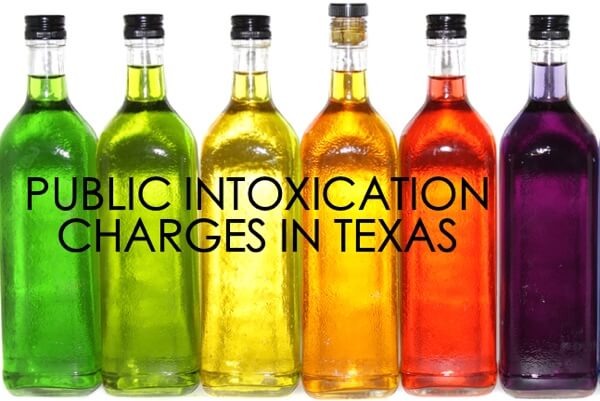
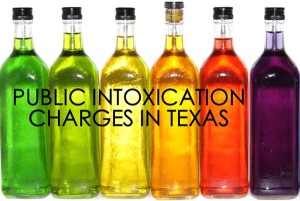 We often receive calls or emails from people in Tarrant County who have been arrested for or cited with Public Intoxication (PI) in Fort Worth. Typically, they contact us to determine how serious a PI charge is in Texas and what the possible punishment might be. They want to know whether this is something they should handle on their own or whether they need a criminal defense attorney to help.
We often receive calls or emails from people in Tarrant County who have been arrested for or cited with Public Intoxication (PI) in Fort Worth. Typically, they contact us to determine how serious a PI charge is in Texas and what the possible punishment might be. They want to know whether this is something they should handle on their own or whether they need a criminal defense attorney to help.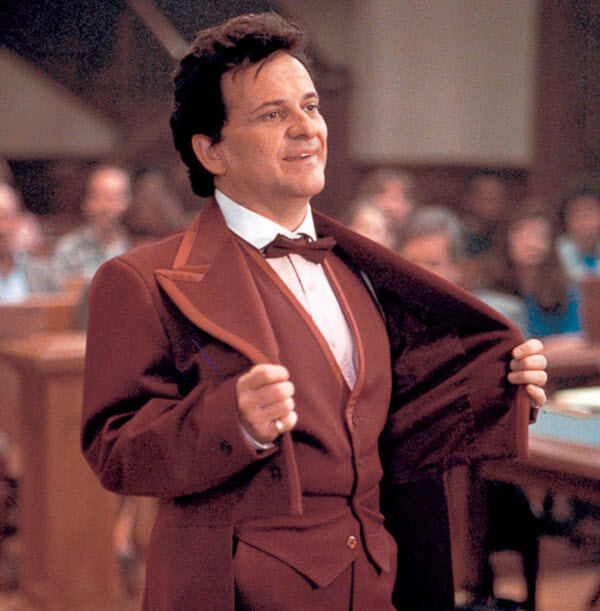
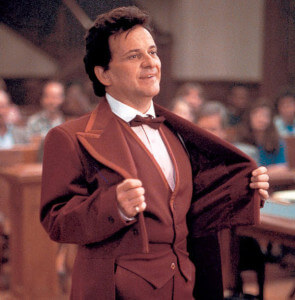 When I think of someone impersonating an attorney, my mind goes to Joe Pesci and My Cousin Vinny. In the movie Vincent Gambino only impersonated a criminal defense lawyer (not a public servant) so nobody seemed to care (except the judge), but in Texas, Impersonating Public Servant (including a district attorney) is a serious matter. Robert Cornwell found this out after he pretended to be a Dallas County Assistant District Attorney in hopes of helping his friend with a DWI case.
When I think of someone impersonating an attorney, my mind goes to Joe Pesci and My Cousin Vinny. In the movie Vincent Gambino only impersonated a criminal defense lawyer (not a public servant) so nobody seemed to care (except the judge), but in Texas, Impersonating Public Servant (including a district attorney) is a serious matter. Robert Cornwell found this out after he pretended to be a Dallas County Assistant District Attorney in hopes of helping his friend with a DWI case.

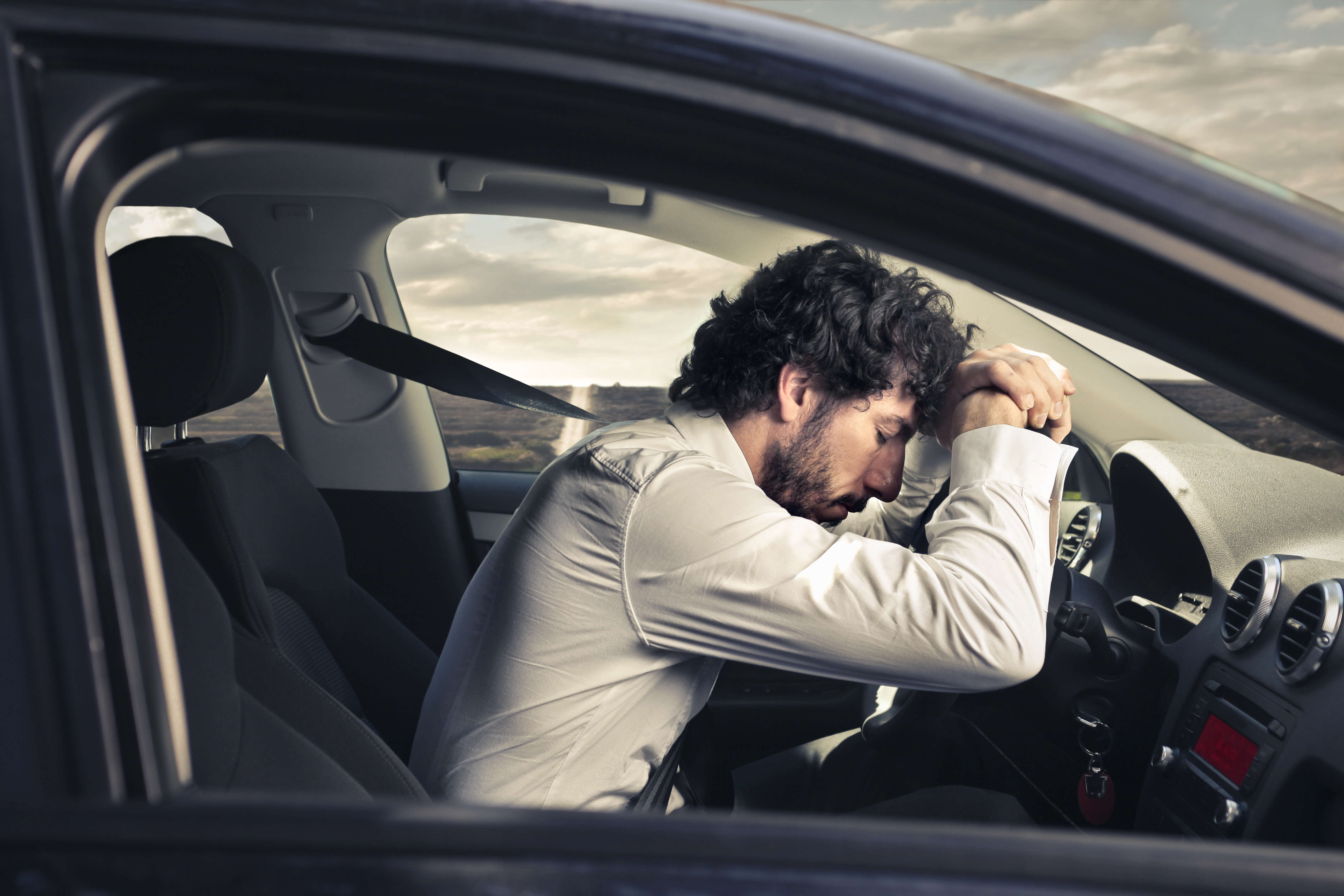
 One of the requirements for a DWI in Fort Worth is straightforward–the intoxicated individual must be “operating” a vehicle while intoxicated. Any DWI attorney in Fort Worth would tell you that basic requirement. The Texas Court of Criminal Appeals recently considered the question of whether an individual who is passed out in a running, yet stationary, vehicle is “operating” the vehicle for DWI purposes. In
One of the requirements for a DWI in Fort Worth is straightforward–the intoxicated individual must be “operating” a vehicle while intoxicated. Any DWI attorney in Fort Worth would tell you that basic requirement. The Texas Court of Criminal Appeals recently considered the question of whether an individual who is passed out in a running, yet stationary, vehicle is “operating” the vehicle for DWI purposes. In 
 Many of our criminal cases begin with traffic offenses. Something as simple as failing to signal for a lane change can quickly become a DWI investigation if the officer suspects the driver has been drinking. Often, during a traffic stop an officer will ask for consent to search the vehicle and then, depending on what might be in the car, the traffic stop turns into an arrest for possession of an illegal substance or contraband. (Tip: Never give consent to search. Ever.)
Many of our criminal cases begin with traffic offenses. Something as simple as failing to signal for a lane change can quickly become a DWI investigation if the officer suspects the driver has been drinking. Often, during a traffic stop an officer will ask for consent to search the vehicle and then, depending on what might be in the car, the traffic stop turns into an arrest for possession of an illegal substance or contraband. (Tip: Never give consent to search. Ever.)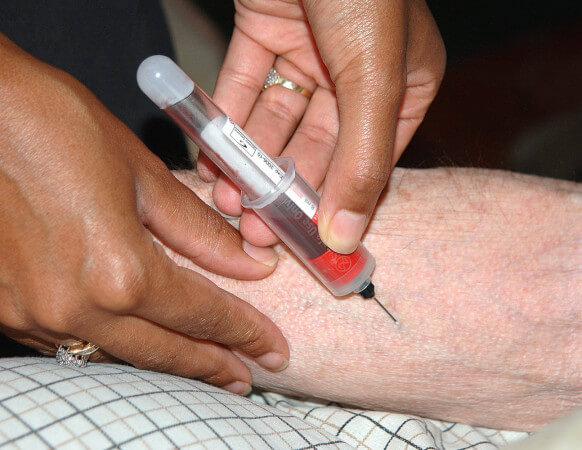
 Issue before the Court: “In the absence of exigent circumstances or consent, does Texas Transportation Code §724.012(b)(3)(B) violate the Texas and U.S. constitutional prohibitions against unreasonable searches and seizures where the statute requires law enforcement officers to seize a specimen of a DWI arrestee’s blood without a search warrant in all cases where the officer believes the arrestee has been previously convicted of DWI two or more times?”
Issue before the Court: “In the absence of exigent circumstances or consent, does Texas Transportation Code §724.012(b)(3)(B) violate the Texas and U.S. constitutional prohibitions against unreasonable searches and seizures where the statute requires law enforcement officers to seize a specimen of a DWI arrestee’s blood without a search warrant in all cases where the officer believes the arrestee has been previously convicted of DWI two or more times?”
 Missouri v. McNeely
Missouri v. McNeely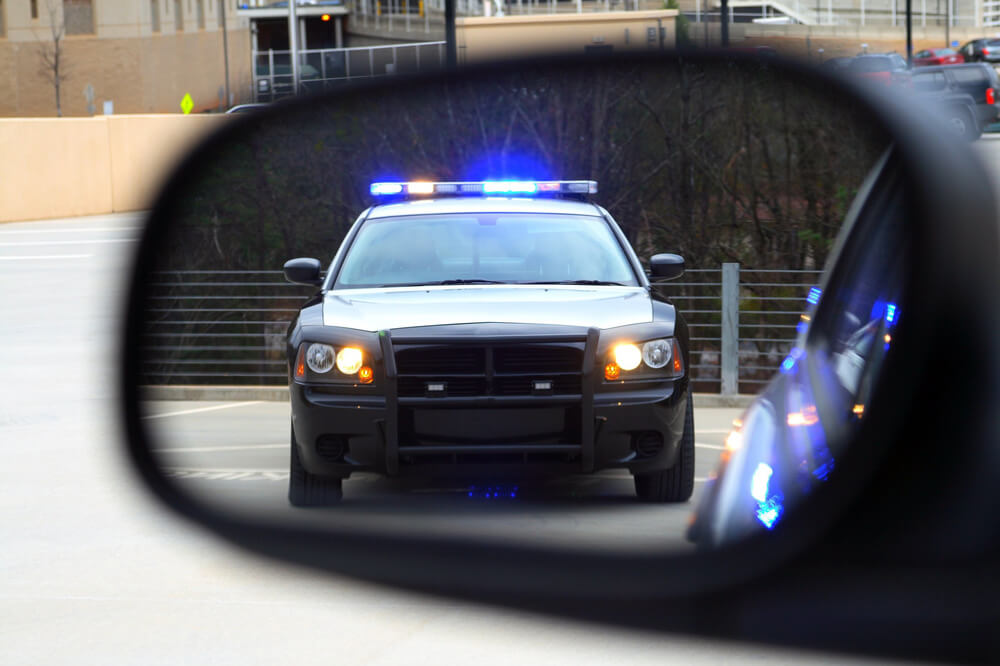
 You can’t believe anything he says. He tries to sound intelligent and reliable, but falls far short. Did you think I was writing about a political candidate? Nope. A police officer.
You can’t believe anything he says. He tries to sound intelligent and reliable, but falls far short. Did you think I was writing about a political candidate? Nope. A police officer.


